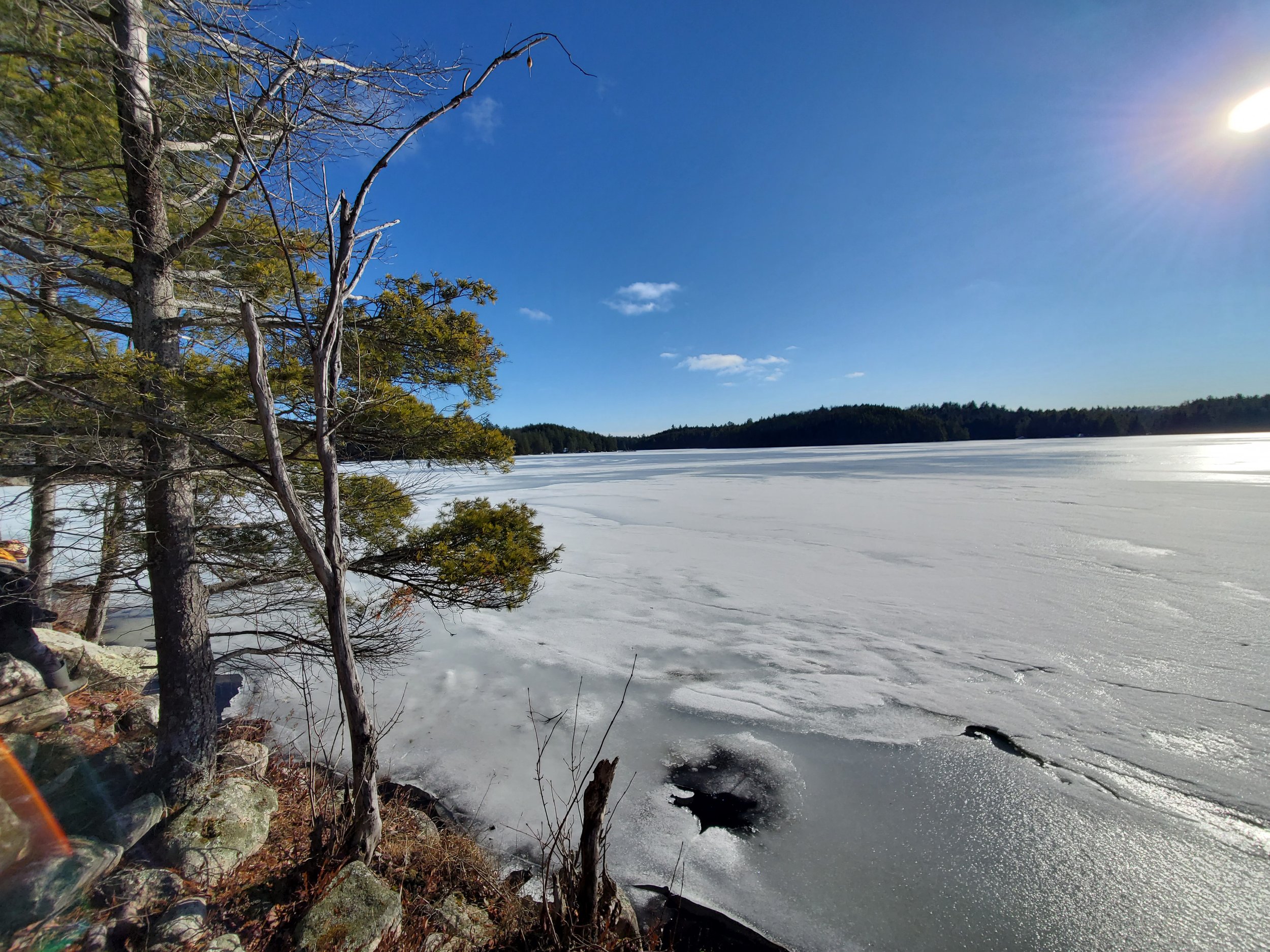How do I go camping in the winter?
Or perhaps more importantly, why on earth would I want to go camping in the winter? It’s very cold where I’m from! 🤣 ☃️
Let’s contrast summer and winter camping. Summer camping is a lot more popular, and getting a reservation can be very challenging. Once you do go, you’ll be dealing with crowds, and noise. And don’t forget the bugs! I still go camping in the summer, and absolutely enjoy it. In winter, for the most part, you have your pick of places to camp, even on short notice. And there’s just something magical about the peace and quiet. The silence is awe inspiring!
Won’t I die from hypothermia in the cold? We do have to be prepared with the right clothing and gear to be comfortable and thrive. And there are some safety precautions you’ll want to take note of because cold can kill, and do so fast. With the right gear and preparation however, you can have a great time.
There’s quite a bit to this topic of course. And we have a free winter camping guide we’ll point you at shortly that lays it all out. And a winter camping checklist to ensure you bring everything you need. And a winter camping cheat sheet for those who want the details as short and sweet as possible.
Silent Lake, Ontario
The key science concepts of winter camping are very important for safety! The challenge is to use layers of various kinds to regulate temperature and keep your body at the right temperature. Often, this will be insulating to retain heat, but sometimes when you’re exercising, you want to shed heat to avoid sweating, and making your warm layers wet.
Heat energy is transferred in a few ways, from hot to cold things:
Conduction - heat moves between things directly touching
Convection - movement in a medium (air, water, etc.) between things causes heat transfer
Radiation - infrared waves move heat
To stay warm, we need to manage each of these in an appropriate way. For a few example:
To keep heat from being conducted from your body to the cold ground while sleeping, you’ll want a sleeping pad with a high R value. R value is a way of measuring how much a material resists heat transfer. For a sleeping pad in the winter, you’ll want an R value of 6, or better.
To keep heat from being stolen from your body by wind convection, you’ll want a layer that blocks the wind, such as a coat, or tent.
To direct and retain heat from a heat source such as a fire, you can use highly reflective materials such as mylar. This is the shiny material in Reflectix and similar products. They are 90%+ reflective of infrared radiation.
Being aware of each of these, and using appropriate clothing, shelter materials, and bedding will help you stay comfy while winter camping. For completeness, hopefully this explanation also makes it clear why using a material great at one thing, such as mylar which is fantastic for reflecting radiation, but has essentially zero conductive insulation value, is a bad idea.
Use materials for the purpose they were intended, and you’ll get good value from them. With that, this post is concluded. Check out the Winter Camping Guide for more and safe exploring!!

